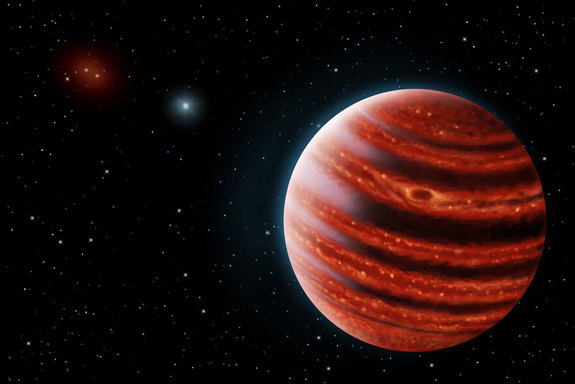ABSTRACT
|
As part of the Center for Interdisciplinary Exploration and Research in Astrophysics at Northwestern University (CIERA), the goal of this project is to investigate whether any of the currently known exoplanets is at its Roche limit separation. This is the separation within which it begins to be pulled so tightly by its parent star that it begins to loses its mass to the host star its orbiting.
As a first step, we inferred a universal density range for all exoplanets. We compiled a list of exoplanets with known masses, radii and thus densities. Preliminary results show that the density of exoplanets is between .01 g/cm^3 to 600 g/cm^3.
Next, we used a list of Kepler's exoplanet candidates (obtained from the NASA Exoplanet Archive). Specifically, we used the known planetary radius, stellar mass, and the semi-major axis, and computed the planetary density assuming that the radius was Roche Lobe filling. We then compared the densities thus obtained with the trusted list of densities t figure out if any of the Kepler candidates is an exoplanet at its Roche limit.
This material is based upon work supported by the National Science Foundation under Grant No. AST-1359462, a Research Experiences for Undergraduates (REU) grant awarded to CIERA at Northwestern University. Any opinions, findings, and conclusions or recommendations expressed in this material are those of the author(s) and do not necessarily reflect the views of the National Science Foundation.
|

|